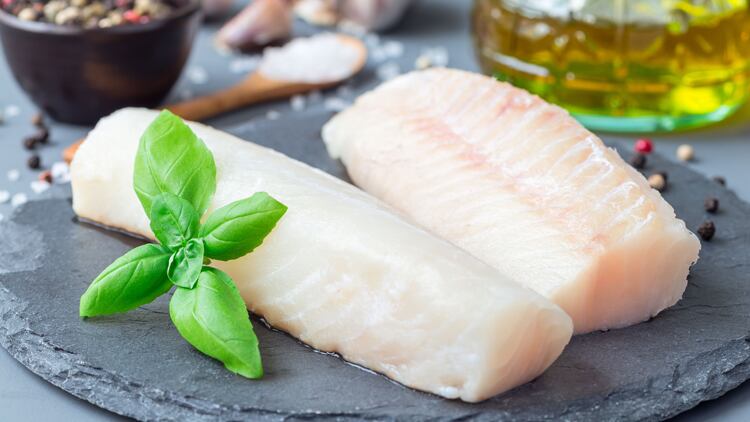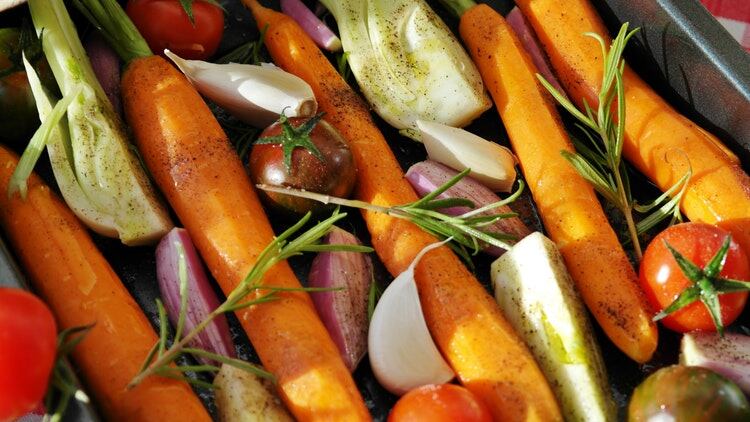The Foodservice Price Index from CGA and Prestige Purchasing also found oils and fats saw a significant easing in year-on-year inflation as butter prices continued to soften.
However, soft drinks recorded a sizeable rise, partly due to the impact of the sugar levy during Christmas.
Fish had been tracking at high inflation levels for most of 2018 but this dropped back due to the build-up of salmon supplies, production in Scotland and increased availability from Chile.
But with the impact of Brexit still uncertain alongside reduced quotas for cod and haddock still in place, price movements are likely to remain volatile and inflation could remain high in 2019.
Soft drinks replaced fish in the top two inflationary categories this month, with prices up significantly against December 2017.
This was down to a strong demand in the mixers market specifically along with the sugar tax although, month-on-month movement was better, dropping by 1.4%.
Encouraging sign
Oils and fats prices remain high, although there has been an improvement from the previous month’s year-on-year figure.
December was the second month running the figure has dropped, which the index said was an encouraging sign that prices were continuing to ease, supported by wholesale butter prices – down by 8% against the same time the previous year.
There was more downward movement with sugar, which had a year-on-year decrease in inflation of 14.9%, mainly down to overproduction.
However, the index said prices may start to rise in the coming months due to droughts in south and north-east Brazil, which are causing issues for sugar cane production.
Currently, production continues to exceed sugar consumption globally, but world supply could be impacted if the dry weather conditions in Brazil continue.
Inflation in the meat and poultry category was also down, when compared to December 2017. But in contrast, vegetables, fruit and dairy categories all showed year-on-year price rises.
Downward movements
Prestige Purchasing chief executive Shaun Allen said: “While overall inflation remains at a high level in the foodservice market, it is encouraging to see some much-needed downward movements across a number of categories this month.
“However, with the departure data from the EU now less than two months away and the uncertainty of what potential impacts this could have on the food and drink supply chain, we are likely to continue to see high levels of volatility during 2019.
“It is more important than ever businesses have strong risk management plans in place to mitigate and manage the future risks to supply and inflation.”
Operators will be monitoring the Brexit effect on prices over the coming months, according to CGA client director of food Fiona Speakman.
She said: “The Foodservice Price Index indicated significant volatility in price inflation for the sector throughout 2018 and there are already ample signs we can expect more uncertainty in 2019.
“News of an easing of inflationary pressures in important categories like fish, and oils and fats, is welcome respite after months of upward movement, but it is offset by moves in the other direction in categories like soft drinks.
“Businesses across the sector will now be closely watching the impacts of Brexit on foodservice prices and hoping for a period of calmer inflation as the year goes on.”




